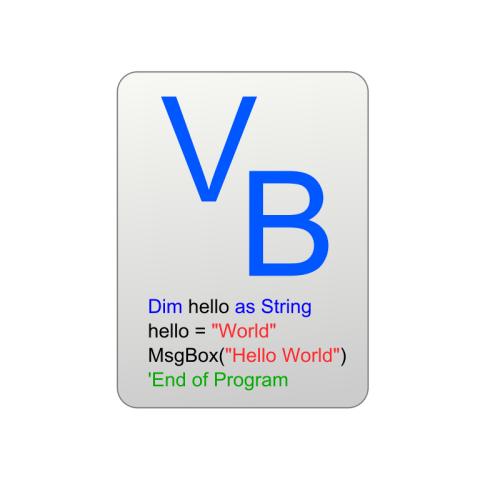For the market launch of automated vehicles, ensuring and validating their safe behavior are central challenges. As possible solutions, scenario-based development and test approaches for automated vehicles are pursued, e.g., in the research projects aFAS, ENABLE-S3, PEGASUS, SET Level, and VVMethoden. A consistent terminology that contains at least the most important terms (e.g., scenario, test specification, and test case) is an essential prerequisite for researching, applying, and standardizing scenario-based development and test approaches for automated vehicles. Currently, there is no consistent and agreed-upon terminology. In our experience, this often leads to misunderstandings. This publication aims to contribute to a consistent terminology for scenario-based development and test approaches for automated vehicles. We propose a framework to structure this terminology. Additionally, we propose a basic vocabulary within this framework by identifying and describing terms that we consider important for an overview of such scenario-based development and test approaches. To visualize the relationships between the proposed terms and to resolve contradictions and inaccuracies within the terminology, we visualize the proposed terms with UML diagrams.
翻译:对于自动车辆的市场发射而言,确保和验证其安全行为是中心挑战。由于可能的解决办法,自动车辆的假设发展和测试方法,例如AFAS、ENEBES-S3、PEGASUS、SET级和VVVMethoden等研究项目,都采用基于情景的开发和测试方法。一个至少包含最重要的术语(例如设想、测试规格和测试案例)的一致术语,是研究、应用和标准化基于情景的开发和测试方法的基本先决条件。目前,没有一致和商定的术语。根据我们的经验,这往往导致误解。这一出版物的目的是为基于情景的开发和测试自动化车辆的方法提供一个一致的术语。我们提出了一个框架来构建这一术语。此外,我们在此框架内提出一个基本词汇,确定和描述我们认为对此类基于情景的发展和测试方法的概览十分重要的术语。我们设想拟议术语之间的关系,并解决术语中的矛盾和不准确性。我们用UML图表来设想拟议术语。




